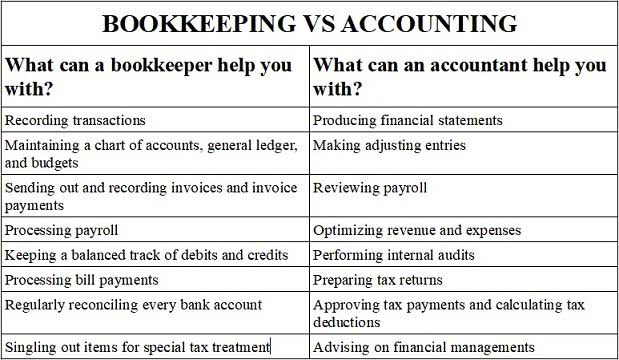
Accounting standards are a set of principles and guidelines that govern financial reporting. Two of the most widely recognized accounting standards are Generally Accepted Accounting Principles (GAAP) and International Financial Reporting Standards (IFRS). These standards ensure consistency, reliability, and comparability of financial statements across different entities and jurisdictions. Accurately determining the cost of inventory is essential for proper financial reporting and analysis. There are several methods to calculate the cost of inventory, each with its own approach and implications. The most common methods include specific identification, First-In, First-Out (FIFO), Last-In, First-Out (LIFO), and weighted average cost.

Products and services
In the above method, we saw that recording LCNRV loss inventory account is credited or in simple words reduced to reflect NRV. However, there is no restriction to apply LCNRV rule on different basis only if nature of product and sales is different. Entity may group similar types of products together and apply the rule on group basis even if items can be sold individually. The LCNRV method is generally accepted under International Financial Reporting Standards (IFRS), and U.S. It’s always a good idea to consult with a financial professional or an updated resource to get the most accurate and current information.
Financial Accounting

A company holds 1,000 units of a product with a historical cost of $50 per unit. For example, if a product has bookkeeping a historical cost of $100 and its NRV is estimated to be $90 (selling price of $120 minus $30 in costs), the inventory will be valued at $90. Furthermore, inventory valuation influences business decisions related to pricing, budgeting, and inventory management.
- Applying LCM or NRV inconsistently across different periods or inventory categories can lead to misleading financial statements.
- Under this method once the loss is determined, cost of goods sold account is debited and inventory account is credited to record the write-down loss on inventory.
- Suppose the cost to produce a product is £100 and the selling price in the market is £120.
- Another misconception is that the LCNRV principle only applies to finished goods.
- This method compares the cost of inventory with its net realizable value (NRV) and uses the lower of the two to value the inventory.
Case Studies or Real-World Examples of Companies Applying LCNRV

For reporting purposes, ABC Inc. is willing to determine the net realizable value of the inventory that will be sold. By adjusting the inventory down, the balance sheet value of the asset, Merchandise Inventory, is restated net realizable value at a more conservative number. If the replacement cost had been $20, the most we could write the inventory down to would be the floor of $30. Say Geyer Co. bought 200 Rel 5 HQ Speakers five years ago for $110 each and sold 90 right off the bat, but has only sold 10 more in the past two years for $70. There are still a hundred on hand, costs using FIFO, but the speakers are obsolete and management feels they can sell them with some slight modifications to each one that cost $20 each.


These examples illustrate how LCM and NRV can lead to different valuations and write-downs, impacting financial statements differently. LCM often results in higher inventory values compared to NRV in scenarios where Bookkeeping for Painters costs to complete and sell are significant, but both methods serve to ensure conservative and realistic reporting of inventory values. By applying LCM or NRV, companies ensure that their financial statements reflect a more accurate and conservative valuation of inventory, safeguarding against overstated assets and potential future losses. LCM is applied after determining the inventory value using one of the primary methods (FIFO, LIFO, Weighted Average, etc.). It requires comparing the inventory’s historical cost to its market value (replacement cost).
The specific identification method tracks the actual cost of each individual item of inventory. For the accounts receivable, we use the allowance for doubtful accounts instead of the total production and selling costs. CFI’s Reading Financial Statements course will go over how to read a company’s complete set of financial statements. Because the estimated cost of ending inventory is based on current prices, this method approximates FIFO at LCM.